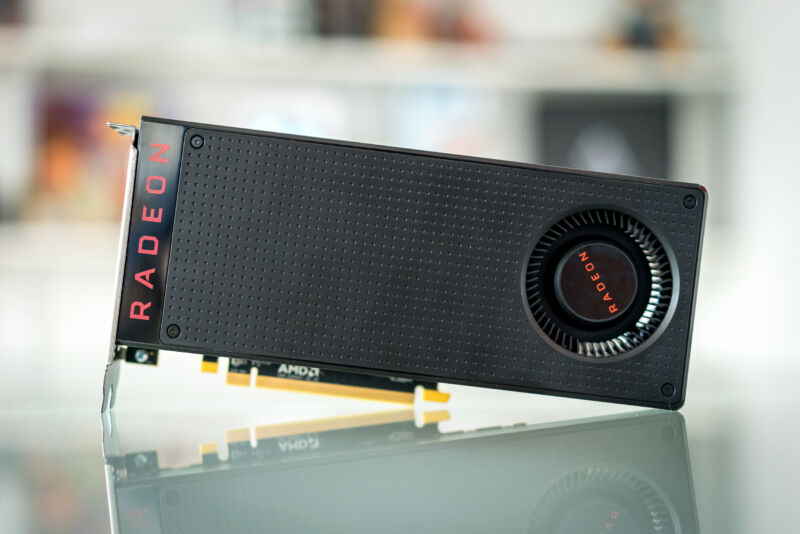AMD still sells current-generation chips with Vega integrated GPUs in them.

After a couple of years of cryptocurrency- and pandemic-fueled shortages, 2023 has been a surprisingly sensible time to buy a new graphics card. New midrange GPUs like Nvidia’s GeForce RTX 4060 and AMD’s Radeon RX 7600 haven’t been huge upgrades over their predecessors, but they’re at least reliable performers that you can consistently buy at or under their launch prices.
If you’ve been hanging on to an old AMD Radeon GPU, though, there’s some bad news: According to AnandTech, AMD is beginning to pull back on driver support for some of its late-2010s-era GPUs, most notably its Polaris and Vega GPU architectures. Support for these GPUs has already been removed from the company’s Linux drivers, and Windows drivers for the GPUs will be limited mostly to “critical updates.”
“The AMD Polaris and Vega graphics architectures are mature, stable and performant and don’t benefit as much from regular software tuning,” reads AMD’s official statement. “Going forward, AMD is providing critical updates for Polaris- and Vega-based products via a separate driver package, including important security and functionality updates as available. The committed support is greater than for products AMD categorizes as legacy, and gamers can still enjoy their favorite games on Polaris and Vega-based products.”Advertisement
The Polaris architecture powered some of the most popular graphics cards AMD has released in the last decade or so, including GPUs like the RX 480 and RX 580, which were well-liked by reviewers at the time because of their low prices and solid performance relative to previous-generation GPUs. The RX 580 was launched in 2017, and it remains the most-used dedicated AMD graphics card in the Steam Hardware Survey as of 2023.
FURTHER READING
AMD’s Ryzen 7000 laptop CPU lineup is a bewildering patchwork of old and new
The Vega architecture was used in dedicated GPUs, too, but it became far more prevalent as the GPU architecture that AMD used for its Ryzen lineup’s integrated GPUs, starting with the Ryzen 2000G series in 2018. Though newer Ryzen processors use GPUs based on the still-supported RDNA 2 or RDNA 3 architectures, many still use Vega, including its most recent desktop APUs (the Ryzen 5000G series) and some of its current-generation Ryzen 7000 laptop processors.
That leaves AMD in the awkward position of offering limited ongoing driver support for some products it is currently selling.
On the one hand, AMD is right that these older GPUs generally stand to benefit less from new drivers, as most optimizations have already been made, and the hardware is unlikely to support new features like FSR 3. Removing support for older cards can also help keep the download size of the driver package a bit more manageable for people who have newer GPUs.
But to the extent that AMD still provides fixes and optimizations for new games with new drivers, owners of older cards (and, again, many modern integrated GPUs) will begin to miss out on some of those fixes.




